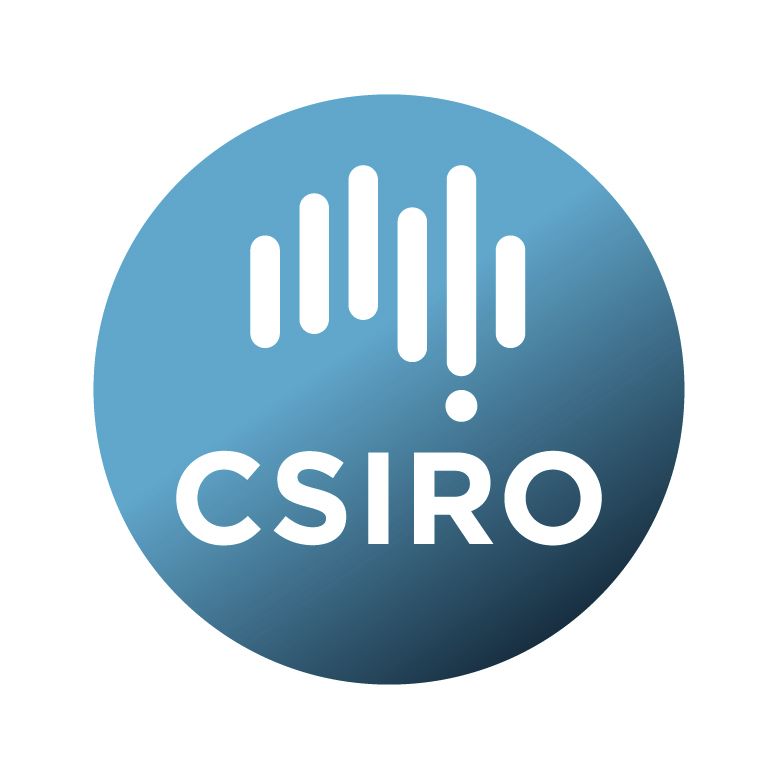Brief description
The data and files in these directories underpin the extension and applicationof close-kin mark-recapture (CKMR) to the critically endangered Christmas Island
flying-fox. The data were generated over a set of collaborative projects between
the Commonwealth Scientific and Industrial Research Organisation and the CIFF
Ecology Team, which included members from West. Syd University, Taronga Zoo,
Uni SA, and Parks Australia.
The data were generated across two rounds of data generation and
reporting, where round 1 was, in a sense, a pilot CKMR study that set the
foundation for the generation of more genetic data in round 2.
The primary data are SNP genotype data generated using the DArTSeq technology,
mtDNA sequences in Fasta format, and the important covariate data gathered through
field studies on CIFF.
The data further accompany the manuscript "Lloyd-Jones, L et al.
Close-kin mark-recapture informs critically endangered terrestrial mammal
status", 2022". The results summarised in that manuscript appear in their
raw form in this directory along with the scripts used to generate them.
Lineage: Christmas Island is a territory of Australia located 1,500 km west of the Australian mainland. Samples and measurements from individual CIFF were collected across the island during multiple sampling exercises for several different studies (19,24,39,40).
Samples
------------
Those studies detail the capture, morphological measurements, and tissue sampling procedure of the samples included in this analysis. Briefly, CIFFs were caught using nets at both foraging and roost sites between August 2015 and February 2019. Capture locations were distributed across the island and the net location within each roost site was randomly selected. Foraging sites were chosen using night driving surveys from random starting locations and fruiting trees selected as a capture site were random on any given night 40.
Captured animals were processed at the capture site where they were anaesthetised and sex and age determined, and morphological measurements recorded; one of the capture sites was a field laboratory (The ‘Pink House’ building in Christmas Island National Park). Age class was determined using morphologic measurements and secondary sex characteristics, including tooth staining and wear and in females, teat elongation. For each individual, wing-membrane biopsies were taken and stored in ethanol for genetic analyses.
Approval for animal experiments - The research protocols used across the fieldwork adhered to the guidelines of the American Society of Mammalogists for research on live mammals 54 with approval from the Animal Care and Ethics Committee of Western Sydney University (Project Protocol No. A11140). Permits to capture, handle, band and measure bats were issued by the Christmas Island National Park (Permit No. CINP-2015-6-1).
Genetic data
------------------
Genetic single nucleotide polymorphism data were generated by Diversity Arrays Pty. Ltd. (Canberra, Australia) for each available CIFF tissue sample using the DArTseq technology. The DNA sample preparation and arrangement were performed through a multi-stage collaborative effort between
Western Sydney University, Taronga Conservation Society at University of Sydney, University of Adelaide and CSIRO.
Mitochondrial DNA data were generated by amplicon sequencing in both directions using the PCR primers by AGRF Ltd, Adelaide, South Australia. See associated manuscript for more information.
19.\tPulscher, L. A. et al. Evidence of chronic cadmium exposure identified in the critically endangered Christmas Island flying-fox (Pteropus natalis). Science of The Total Environment 766, 144374 (2021).
24.\tTodd, C. M. et al. Body-size dependent foraging strategies in the Christmas Island flying-fox: implications for seed and pollen dispersal within a threatened island ecosystem. Movement Ecology 10, 1–15 (2022).
39.\tPhalen, D. N. et al. Genetic diversity and phylogeny of the Christmas Island flying fox (Pteropus melanotus natalis). Journal of Mammalogy 98, 428–437 (2017).
40.\tTodd, C. M., Westcott, D. A., Rose, K., Martin, J. M. & Welbergen, J. A. Slow growth and delayed maturation in a Critically Endangered insular flying fox (Pteropus natalis). Journal of Mammalogy 99, 1510–1521 (2018).
Available: 2023-06-26
Data time period: 2015-08-01 to 2019-02-28
Subjects
Applied Statistics |
Biological Sciences |
Environmental Sciences |
Ecological Applications |
Ecological Applications Not Elsewhere Classified |
Genetics |
Genetics Not Elsewhere Classified |
Mathematical Sciences |
Statistics |
abundance estimation |
bats |
flying fox |
genetic mark-recapture |
kinship |
threatened species |
User Contributed Tags
Login to tag this record with meaningful keywords to make it easier to discover
Identifiers
- DOI : 10.25919/2K26-T773

- Handle : 102.100.100/487002

- URL : data.csiro.au/collection/csiro:58766



